For decades, the gold standard for evaluating artificial intelligence (AI) has been human performance. From image recognition to language translation, human benchmarks have framed both the aspiration and the validation of AI systems. This anthropocentric approach culminates in the idea of Artificial General Intelligence (AGI) being defined by its capacity to match or exceed human competence across a broad range of tasks. But what happens when AI consistently surpasses human ability? We are now approaching a time when the very logic of benchmarking is being inverted. Instead of AI being compared to humans, humans will increasingly be evaluated in relation to AI.
This benchmark inversion has profound implications. Historically, benchmarking AI against humans made sense—humans were the best-known performers of complex cognitive tasks. But with AI now capable of outperforming humans in many domains (e.g., data analysis, pattern recognition, strategic gameplay), the evaluative gaze is shifting. Soon, human performance may no longer be the ceiling, but rather the floor. This inversion fundamentally alters the dynamics of labor, innovation, and value.
In the substitution paradigm, once AI matches human performance in a task, organizations, driven by cost efficiencies, often replace human labor. This replacement is rationalized by AI’s scalability, consistency, and lower variable cost. Benchmarking against human competence thus leads to human redundancy. When AI becomes the default performer, the burden shifts to humans to prove they can do better.
The benchmark inversion implies that for many jobs, humans will need to compete upward, justifying their involvement not by baseline competence but by proving superior value over AI. This dynamic doesn’t just threaten employment—it reshapes it. Organizations may no longer ask whether an AI can replace a human, but whether a human can justify replacing an AI. This flips the narrative of progress, raising ethical and societal concerns about worth, dignity, and opportunity.
One counterforce to substitution is augmentation—humans working in concert with AI. Augmented performance typically exceeds the capabilities of either humans or AI alone. This can drive innovation, creativity, and revenue generation. Unlike substitution, which saves costs, augmentation expands value. Yet, benchmark inversion threatens even augmentation. As AI continues to advance, the marginal value of human input in augmentation might decline, especially when AI becomes adaptive, creative, and self-improving. The system’s performance ceiling is no longer determined by human capability, but by AI’s autonomous potential. Consider what happens when doctors with AI diagnostic tools lose trust from patients if their AI performs better? The question becomes not whether humans plus AI outperform either individually, but whether humans add anything at all. This existential question must be confronted as AI continues to evolve.
The benchmark inversion is not merely technological—it is deeply societal. If human labor becomes a secondary consideration, we face critical questions that could drive significant changes in our processes and practices, some of which are admittedly speculative, while others are already underway. Corporate hiring practices will likely become more data-driven, emphasizing comparative evaluations of human and AI performance. Job descriptions might change to specify roles humans can perform better than AI, not simply roles that humans have traditionally filled. As AI handles more, organizations could become leaner with higher revenue per employee. Workplaces will prioritize those capable of orchestrating AI tools and applying critical thinking where AI falls short. As social interactions become more mediated by AI, communication tools filter, prioritize, or even generate responses. This could affect human empathy, attention spans, and the subtle cues that underlie social cohesion. Correspondingly, AI becomes more emotionally attuned and responsive; it might take over roles in companionship, education, and caregiving—roles once considered deeply human. Educational systems will reorient to meta-skills: creativity, curiosity, problem framing, and ethical reasoning, emphasizing what you can uniquely contribute in a world of capable machines. Of course, policy and governance will need to address the growing divide between human potential and AI capability. Universal basic income, AI taxes, or public ownership of AI platforms might enter mainstream policy debates to protect societal stability.
In conclusion, benchmark inversion reframes the AI-human relationship. The challenge ahead is not to resist this inversion, but to design systems and social contracts that prize uniquely human traits—empathy, ethics, judgment, storytelling—rather than raw cognitive output. While the benchmark may have inverted, our values must not.
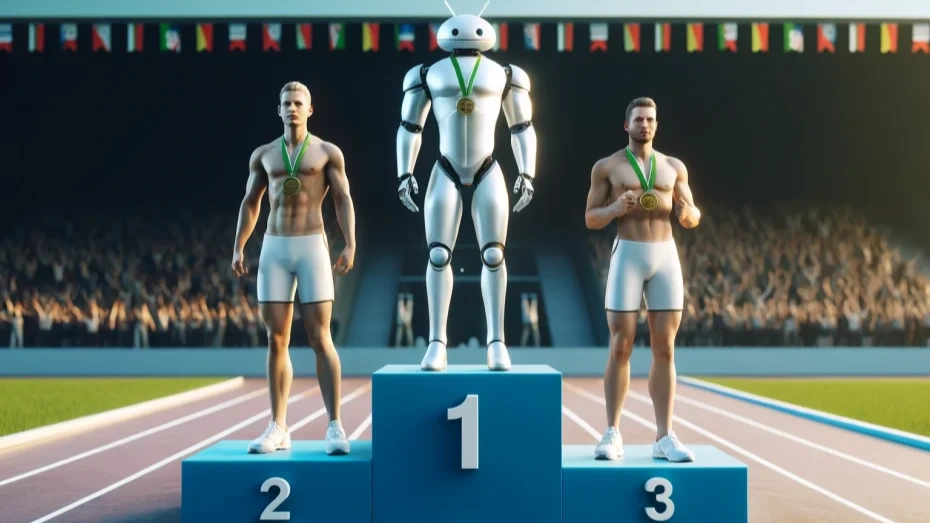
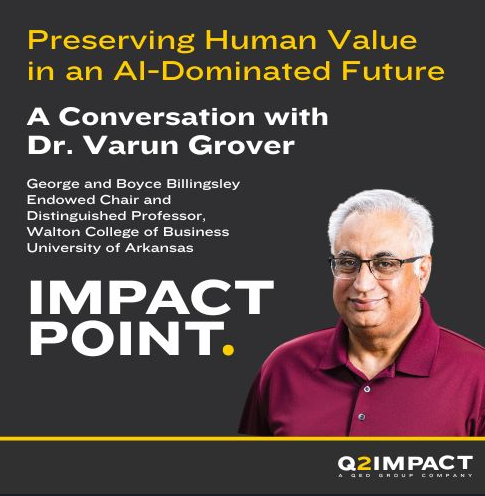
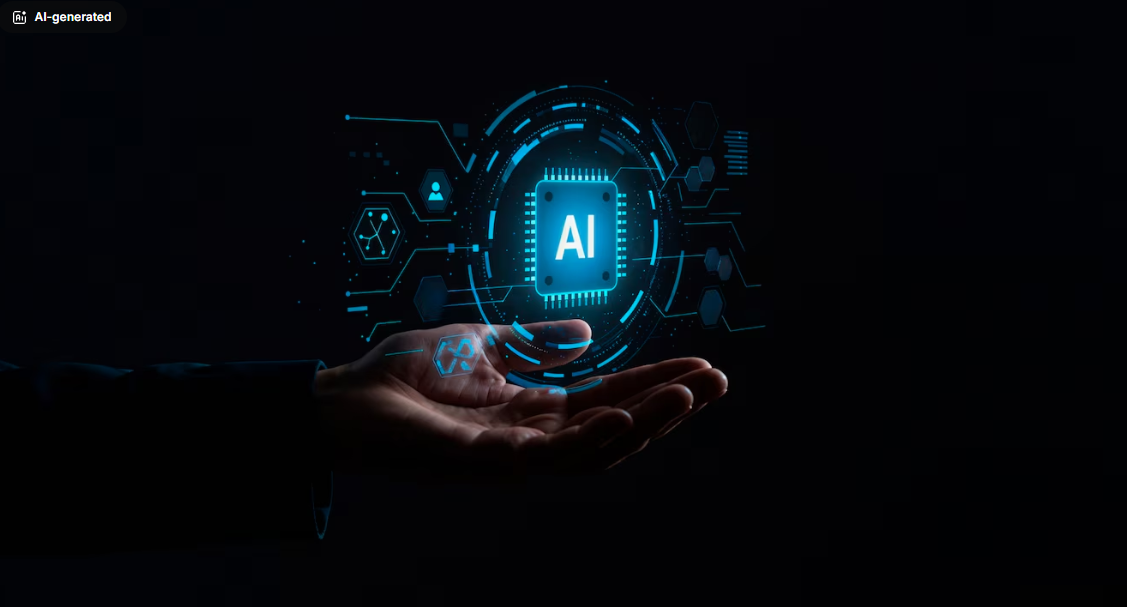

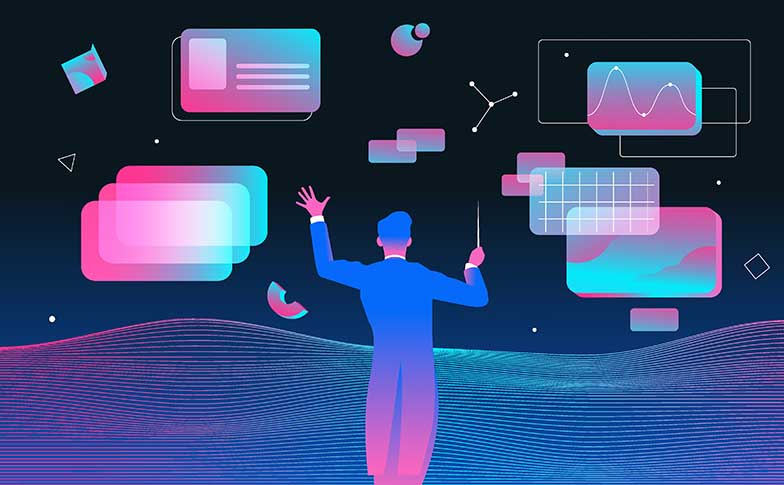
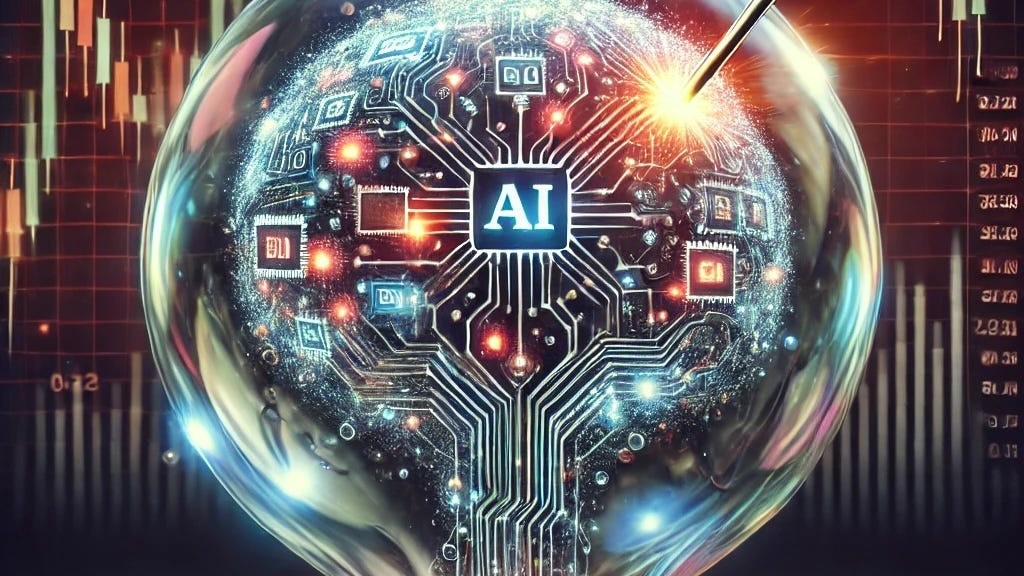
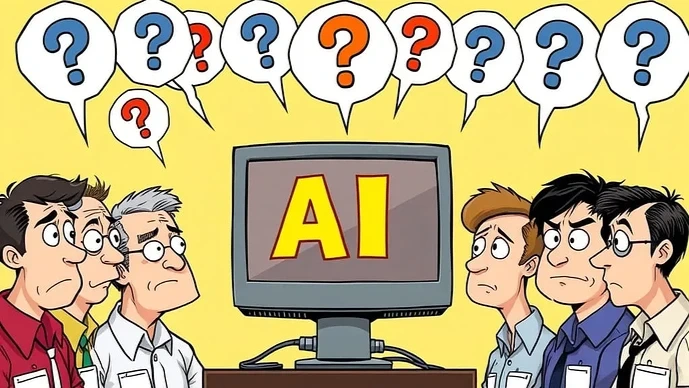

Leave a Reply